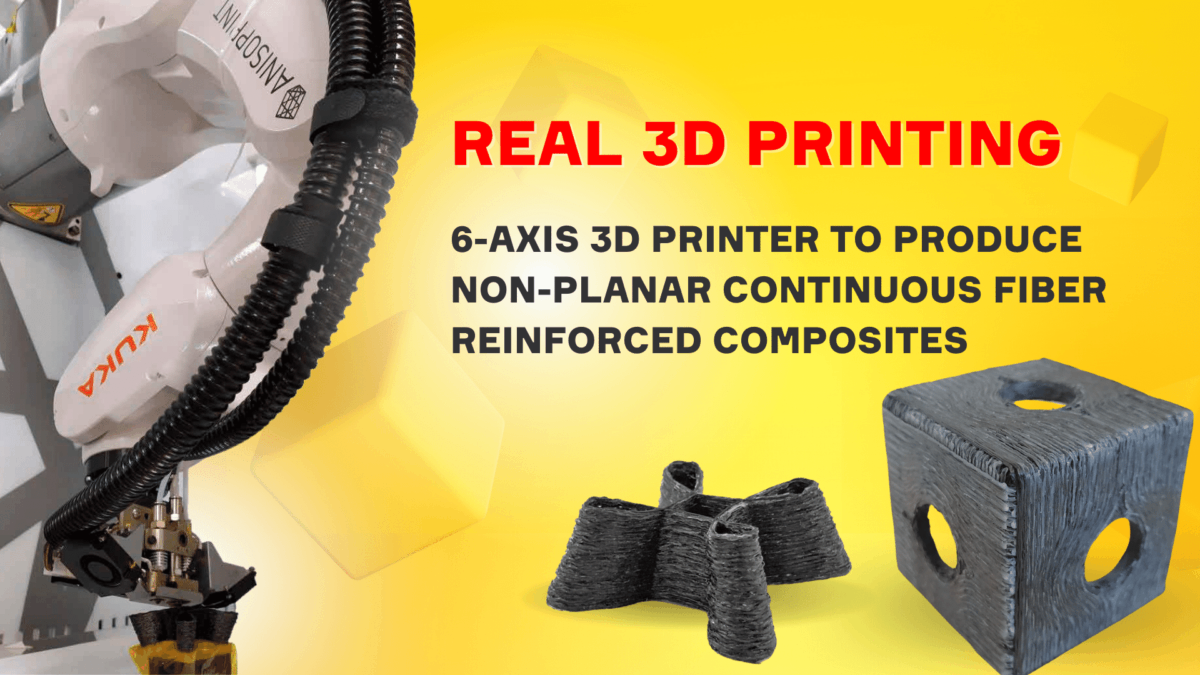There has been a lot of enthusiasm about composites in aerospace and some disappointment too. In jet programs, composites were used for several decades, but they design, treat, and post-process composites the same way as metals. The reason is that by nature, the design for composites is extremely complicated. There is not so much theory behind simulating or estimating the behavior of composites, so the same simple methods – for metals – are applied to composites.
Fiber reinforced composites are directional by nature, and this is the biggest difference to metals, they are anisotropic, while the metals are omnidirectional, and all the design methods were created for isotropic materials.

